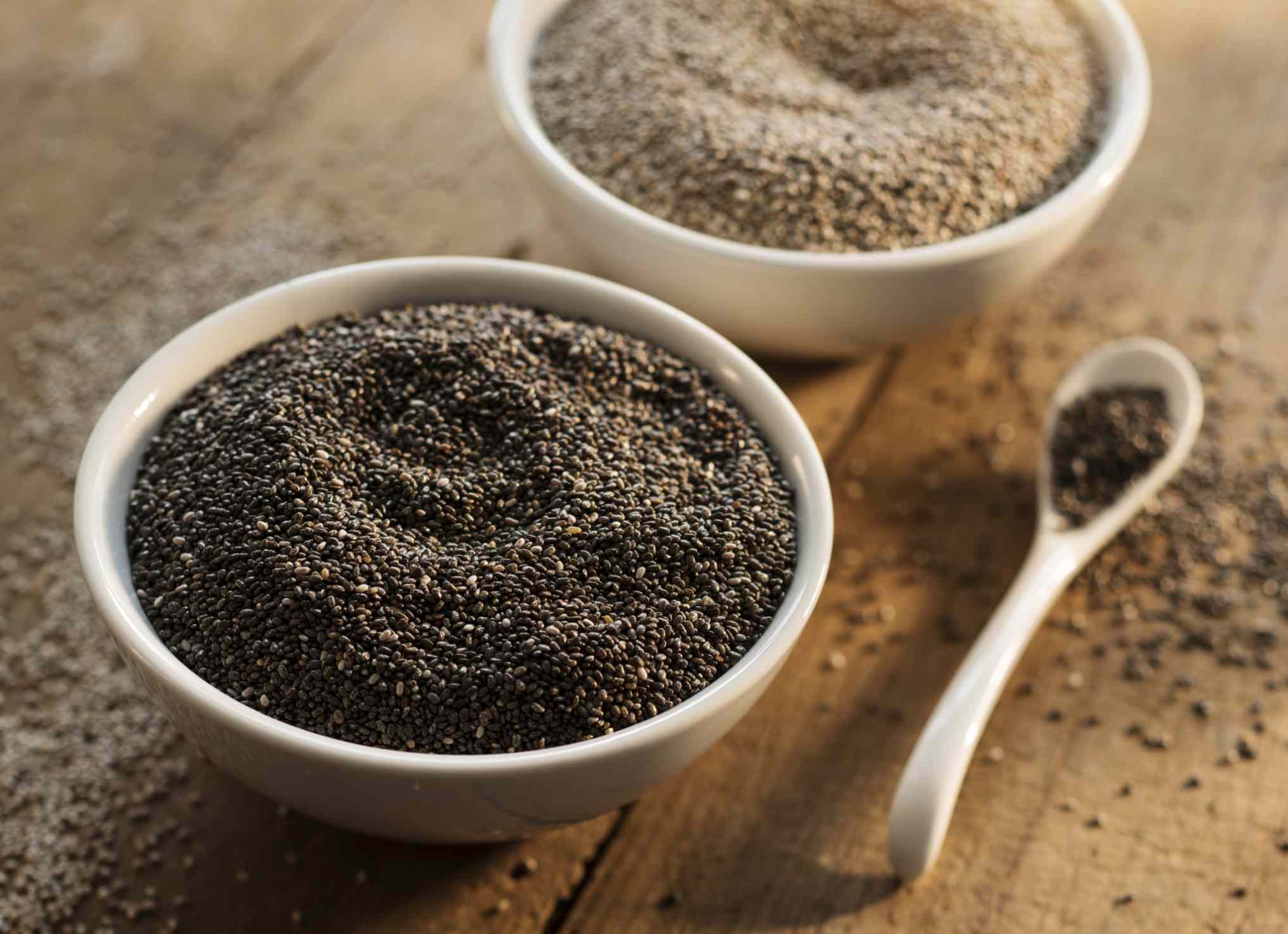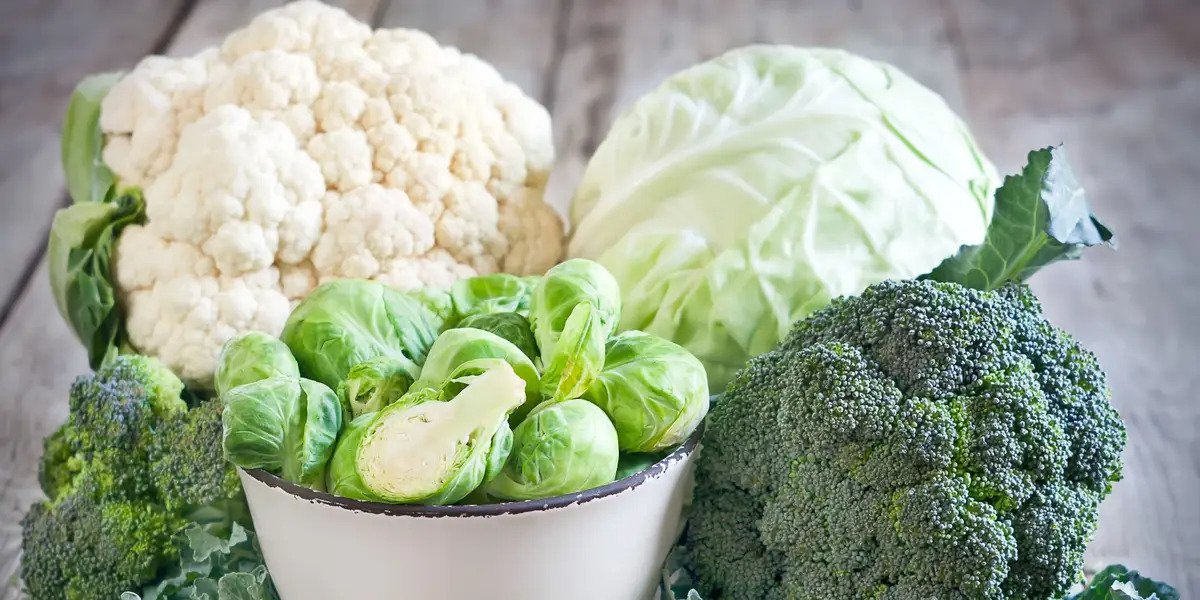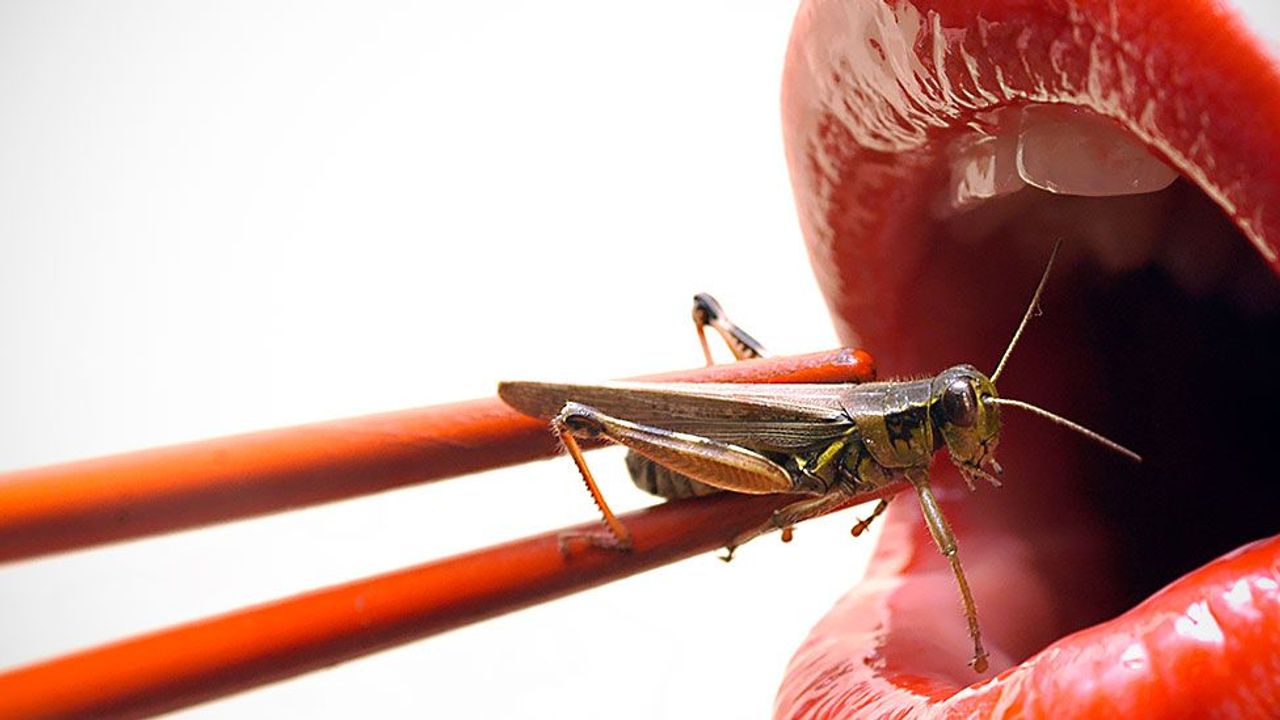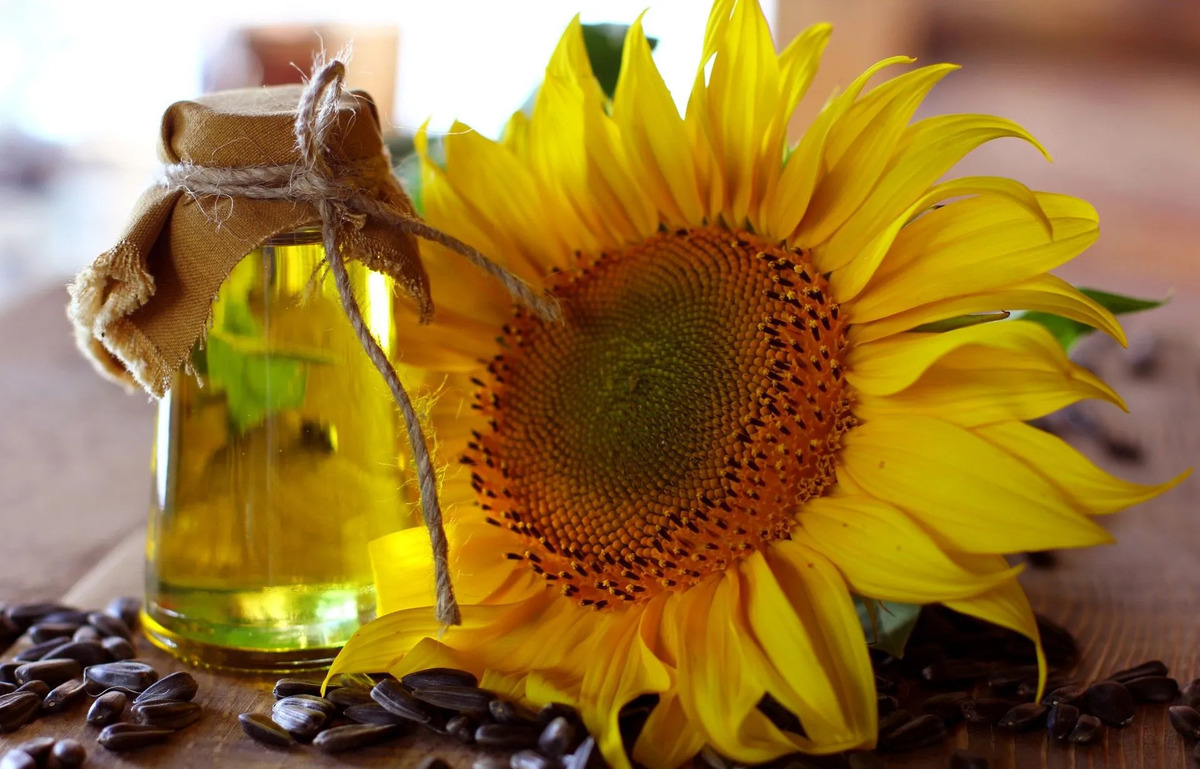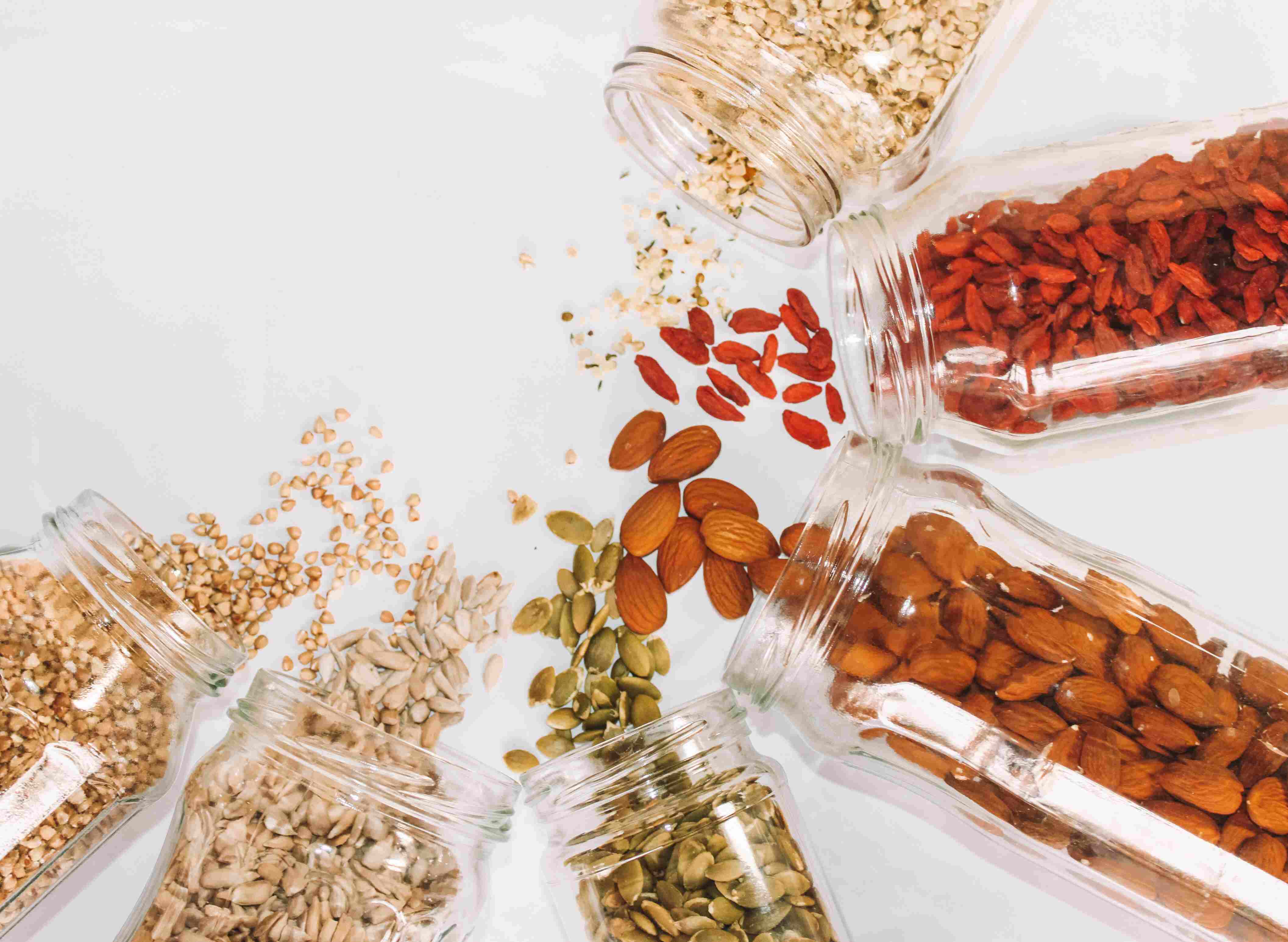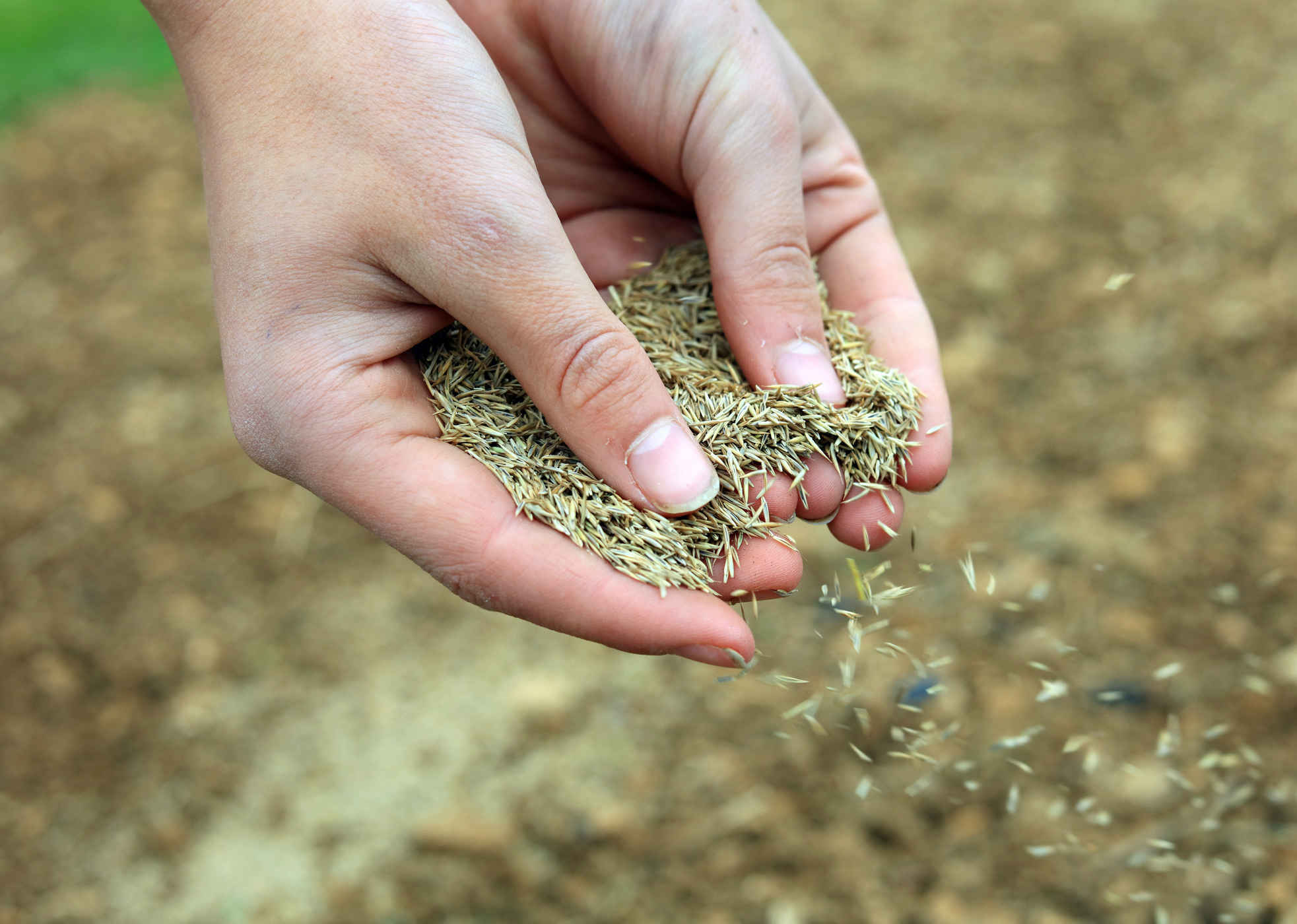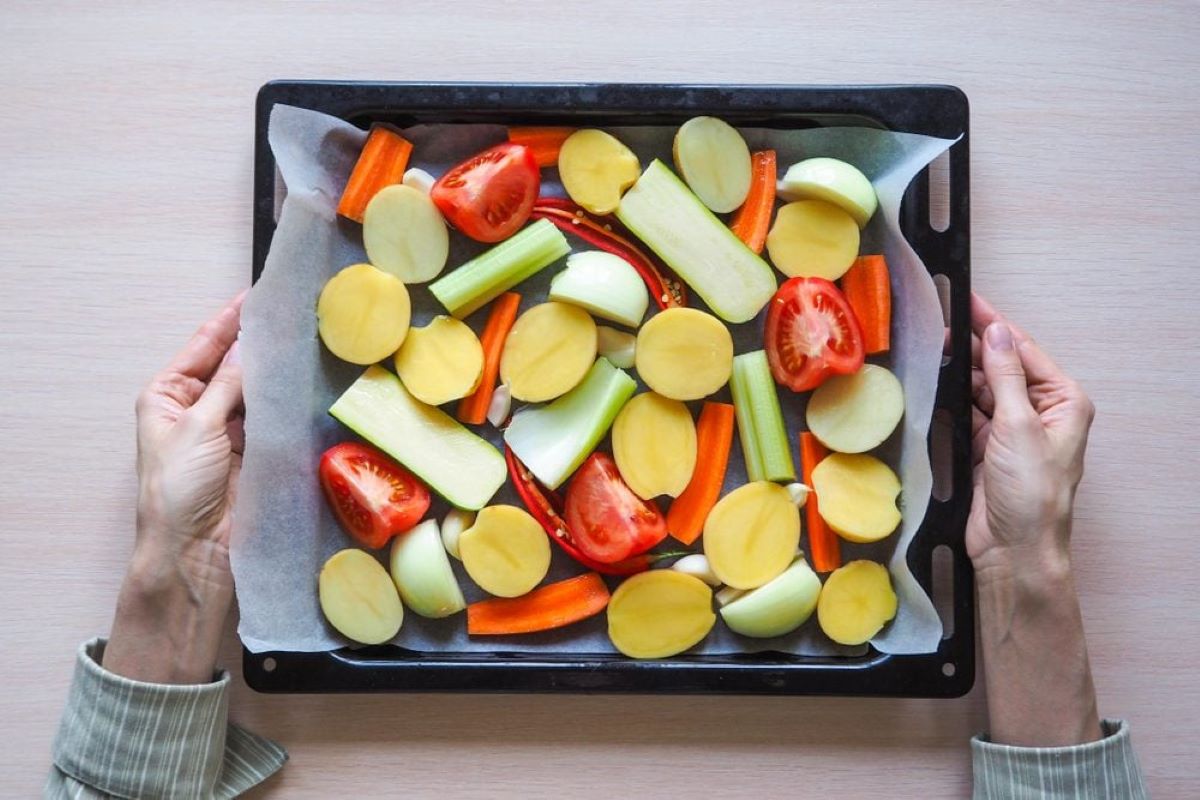Home>Types of Gardening>Edible Gardening>What Can You Make With Chia Seeds
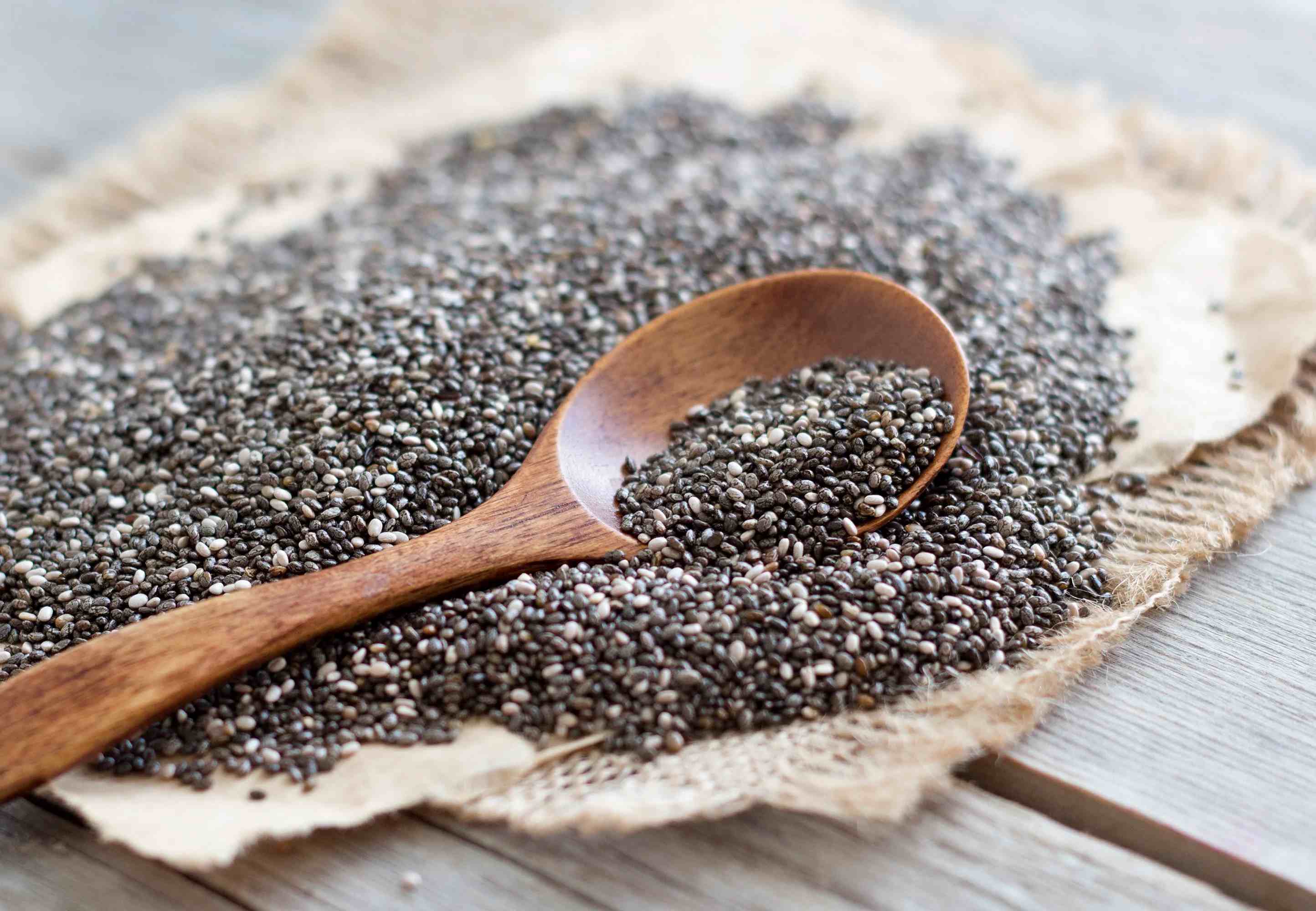

Edible Gardening
What Can You Make With Chia Seeds
Modified: January 22, 2024
Discover the endless possibilities of edible gardening with chia seeds. From sprouting to smoothies, unlock a world of health and flavor in your own backyard.
(Many of the links in this article redirect to a specific reviewed product. Your purchase of these products through affiliate links helps to generate commission for Chicagolandgardening.com, at no extra cost. Learn more)
Table of Contents
Introduction
Edible gardening has gained immense popularity in recent years, as more and more people are recognizing the numerous benefits of growing their own food. Not only does it allow you to have fresh and organic produce at your fingertips, but it also provides a fulfilling and rewarding experience. Among the many options for edible gardening, one particular item that has garnered attention is chia seeds.
Chia seeds, derived from the Salvia hispanica plant, are tiny yet packed with a wealth of nutrients. They have been consumed for centuries, with Ancient Aztec warriors relying on them for energy and endurance. Today, with their impressive nutritional profile, chia seeds have become a staple in many diets.
These tiny powerhouses are rich in protein, fiber, omega-3 fatty acids, calcium, magnesium, and other essential vitamins and minerals. Just a small serving of chia seeds can provide a significant portion of your daily nutrient needs. Additionally, they are low in calories and can be easily incorporated into various dishes, making them an excellent addition to any diet.
But it’s not just the nutritional benefits that make chia seeds stand out – they also offer a range of health benefits. From promoting heart health and aiding digestion to supporting weight loss and boosting energy levels, chia seeds have been linked to numerous positive effects on overall health and well-being.
In the culinary world, chia seeds are incredibly versatile. They have a mild, nutty flavor that blends well with different foods and can be used in both sweet and savory dishes. Whether you sprinkle them over cereals and yogurt, incorporate them into smoothies, or use them as a binding agent in baking, chia seeds add a delightful crunch and nutritional boost to any meal.
Are you ready to explore the world of chia seeds and all the wonderful things you can create with them? In this article, we will delve deeper into their nutritional profile, explore the health benefits they offer, and provide you with some mouthwatering recipes that showcase the versatility of chia seeds. Get ready to elevate your culinary skills and enjoy the goodness of these tiny, mighty seeds!
Nutritional Profile of Chia Seeds
Despite their small size, chia seeds pack a big nutritional punch. These tiny seeds are a rich source of essential nutrients that are beneficial for overall health and well-being. Let’s take a closer look at the impressive nutritional profile of chia seeds.
One of the standout features of chia seeds is their high protein content. With about 20% protein by weight, chia seeds are a great plant-based source of this essential macronutrient. Protein is vital for building and repairing tissues, supporting a healthy immune system, and promoting satiety.
Chia seeds are also an excellent source of dietary fiber. Just a single ounce of chia seeds contains a whopping 10 grams of fiber. Fiber plays a crucial role in digestive health, helps regulate blood sugar levels, and promotes feelings of fullness, making it beneficial for weight management.
These tiny seeds are also rich in omega-3 fatty acids, specifically alpha-linolenic acid (ALA). Omega-3 fatty acids are essential fats that have been linked to numerous health benefits, including reducing inflammation, improving heart health, and supporting brain function. Chia seeds are one of the best plant-based sources of omega-3s, making them an excellent choice for those following a vegetarian or vegan diet.
In addition to protein, fiber, and omega-3s, chia seeds are loaded with important vitamins and minerals. They are particularly high in calcium, providing about 18% of the recommended daily intake in just one ounce. Calcium is essential for strong bones and teeth, as well as for proper muscle function and nerve signaling.
Chia seeds also contain significant amounts of magnesium, phosphorus, and manganese. Magnesium is essential for energy production, muscle relaxation, and maintaining a healthy heart. Phosphorus is crucial for bone health, while manganese acts as an antioxidant and supports metabolic function and collagen production.
Furthermore, chia seeds are a good source of antioxidants, including chlorogenic acid and caffeic acid. These compounds help protect the body against free radicals, which can cause oxidative stress and damage to cells.
Incorporating chia seeds into your diet can help ensure that your body is getting essential nutrients that contribute to overall health and vitality. These tiny seeds are a nutritional powerhouse that can easily be incorporated into a variety of dishes to boost their nutritional value.
Health Benefits of Chia Seeds
Chia seeds offer a wide range of health benefits, making them a fantastic addition to your diet. Whether you’re looking to improve heart health, boost digestion, or enhance your overall well-being, chia seeds have got you covered. Let’s explore some of the remarkable health benefits they provide.
One of the notable benefits of chia seeds is their potential role in promoting heart health. The omega-3 fatty acids found in chia seeds, specifically ALA, have been associated with a reduced risk of heart disease. These fatty acids help lower levels of LDL cholesterol, commonly known as “bad” cholesterol, and increase levels of HDL cholesterol, the “good” cholesterol, thereby improving overall cholesterol profile.
Chia seeds are also rich in dietary fiber, which plays a crucial role in supporting healthy digestion. The high fiber content adds bulk to stools, promoting regular bowel movements and preventing constipation. Additionally, fiber helps nourish the beneficial bacteria in the gut, supporting a healthy gut microbiome and improving overall digestive health.
If weight management is a goal for you, incorporating chia seeds into your diet can be beneficial. The combination of protein, fiber, and healthy fats in chia seeds can help promote feelings of fullness and satiety, potentially reducing overall calorie intake. This can aid in weight loss or weight maintenance efforts.
Chia seeds may also have blood sugar-regulating properties. The soluble fiber in chia seeds forms a gel-like consistency when mixed with liquid, which slows down the digestion and absorption of carbohydrates. This can help stabilize blood sugar levels and prevent sharp spikes and drops, making chia seeds particularly beneficial for individuals with diabetes or those looking to manage their blood sugar levels.
In addition to the above benefits, chia seeds have been associated with improved energy levels and endurance. The combination of protein, omega-3s, and carbohydrates in chia seeds can provide a sustainable source of energy, making them a great option for athletes or individuals in need of an extra boost.
Furthermore, the antioxidants in chia seeds help protect the body against oxidative stress and inflammation. This can have a positive impact on overall health and may contribute to reducing the risk of chronic disease.
With their impressive nutrient profile and array of health benefits, chia seeds are a valuable addition to any diet. Incorporating these tiny seeds into your meals and snacks can help support heart health, improve digestion, aid in weight management, stabilize blood sugar levels, and provide an energy boost. Embrace the goodness of chia seeds and experience the positive effects they can have on your overall well-being.
Culinary Uses of Chia Seeds
When it comes to culinary uses, chia seeds are incredibly versatile and can be incorporated into a wide range of dishes. From breakfast to dinner, and everything in between, these tiny seeds add a nutritional boost and a delightful texture to many recipes.
One of the simplest ways to enjoy chia seeds is by sprinkling them over your favorite breakfast foods. Whether it’s yogurt, oatmeal, or cereal, adding a spoonful of chia seeds can enhance the nutritional value and provide a bit of crunch. The seeds absorb liquid and become slightly gelatinous, adding a unique texture to your morning meal.
Chia seeds can also be used as an egg substitute in baking recipes. Simply mix one tablespoon of chia seeds with three tablespoons of water and let it sit for a few minutes until it forms a gel. This mixture can be used as a replacement for one egg in most recipes, adding moisture and binding properties. This makes chia seeds a great option for vegans or individuals with egg allergies.
For those who enjoy smoothies, chia seeds can be a wonderful addition. They can be blended into the smoothie for added thickness and a boost of nutrition. Alternatively, you can soak the chia seeds in your choice of liquid beforehand, creating a chia gel that can be added to the smoothie for added texture and health benefits.
In savory dishes, chia seeds can be used as a thickening agent or a binder. They can be added to soups, stews, or sauces to help achieve a desired consistency. Chia seeds can also be used as a coating for chicken or fish, creating a crunchy outer layer when cooked.
Another popular use for chia seeds is in homemade jams and jellies. The gelatinous texture of chia seeds, when combined with fruit and a sweetener, acts as a natural thickener for spreads. This allows you to enjoy delicious homemade jams without the need for artificial thickeners or excessive amounts of sugar.
Chia seeds can even be used to make a refreshing and hydrating drink called chia fresca. Simply mix chia seeds with water, coconut water, or fruit juice, and let it sit for a few minutes until the seeds absorb the liquid and form a gel-like consistency. This drink is not only delicious but also provides a burst of energy and hydration.
Experimenting with chia seeds in the kitchen is a fun and creative endeavor. Their mild, nutty flavor and unique texture make them a versatile ingredient that can be incorporated into numerous dishes. So, whether you’re looking to add some nutritional value to your breakfast routine, bind together your baked goodies, or create a refreshing drink, chia seeds are the perfect addition to your culinary repertoire.
Chia Seed Recipes
Now that you’re familiar with the nutritional benefits and culinary uses of chia seeds, let’s dive into some delicious recipes that showcase the versatility of these tiny powerhouses:
-
Chia Pudding
This creamy and indulgent dessert is a favorite amongst chia seed enthusiasts. To make chia pudding, mix 1/4 cup of chia seeds with 1 cup of your choice of milk (dairy or plant-based), a sweetener of your choice (such as honey or maple syrup), and a splash of vanilla extract. Let the mixture sit in the refrigerator for at least 2 hours or overnight, stirring occasionally. Serve chilled and top with your favorite fruits, nuts, or granola.
-
Chia Jam
If you’re a fan of homemade jams but want to avoid excessive sugar or artificial thickeners, chia jam is the answer. In a saucepan, combine 2 cups of your favorite berries (such as strawberries or blueberries) with 2 tablespoons of chia seeds and 2 tablespoons of a natural sweetener (like honey or agave syrup). Heat the mixture over medium heat, stirring frequently until the berries break down and the mixture thickens. Remove from heat and let it cool. Enjoy the jam on toast, pancakes, or as a topping for yogurt.
-
Chia Energy Balls
These homemade energy balls are perfect for a quick and healthy snack on the go. In a food processor, combine 1 cup of pitted dates, 1/2 cup of nuts or seeds of your choice (such as almonds or sunflower seeds), 2 tablespoons of chia seeds, 2 tablespoons of cocoa powder, and a pinch of salt. Process until the mixture comes together and forms a sticky dough. Roll the mixture into small balls, and optionally, roll them in coconut flakes or crushed nuts for added texture. Store in an airtight container in the refrigerator.
-
Chia Smoothie
For a nutritious and refreshing smoothie, blend together 1 frozen banana, 1 cup of your choice of berries, 1 tablespoon of chia seeds, 1 cup of spinach or kale, and 1 cup of your choice of milk (dairy or plant-based). Add a sweetener, such as a Medjool date or a drizzle of honey, if desired. Blend until smooth and creamy, and enjoy as a fulfilling breakfast or a post-workout refresher.
-
Chia Crusted Baked Chicken
For a healthy twist on crispy chicken, try a chia seed crust. In a bowl, combine 1/2 cup of ground chia seeds, 1/2 cup of breadcrumbs, and a pinch of salt and pepper. Dip chicken breast fillets into beaten egg, then coat them in the chia seed mixture. Place the coated chicken on a baking sheet lined with parchment paper and bake at 375°F (190°C) for about 20-25 minutes or until golden and cooked through. Serve with a side of your favorite vegetables or salad.
These recipes are just a starting point – the possibilities with chia seeds are endless. Feel free to experiment and get creative in the kitchen. Whether you’re looking for a wholesome breakfast, a healthy snack, or a unique twist on your favorite dishes, chia seeds are sure to elevate the flavor and the nutritional value of your culinary creations.
Conclusion
Incorporating chia seeds into your edible gardening journey and culinary endeavors can be a game-changer. These tiny seeds offer a wealth of nutritional benefits, including protein, fiber, omega-3 fatty acids, and various essential vitamins and minerals. From promoting heart health and aiding digestion to supporting weight management and boosting energy levels, chia seeds have been linked to numerous positive effects on overall health and well-being.
With their mild, nutty flavor and unique texture, chia seeds lend themselves well to a wide range of culinary creations. From breakfast puddings and energy balls to chia jam and savory coatings, the versatility of chia seeds shines through. These little powerhouses can be incorporated into both sweet and savory dishes, adding a delightful crunch and a nutritional boost.
So why not embrace the goodness of chia seeds and start exploring the countless possibilities they offer? By growing your own chia plants or sourcing high-quality seeds, you can ensure that you have a sustainable supply on hand to experiment with in the kitchen. Get creative and try out new recipes, or simply sprinkle chia seeds over your meals to enjoy their nutritional benefits.
Remember, edible gardening is not only about cultivating fresh produce, but also about relishing the joy and satisfaction that comes from growing and consuming your own food. By incorporating chia seeds into your edible garden and creative culinary endeavors, you can experience the full circle of self-sufficiency and nourishment.
So, get your hands on some chia seeds, plant them in your garden, and reap the rewards of this superfood. Discover the wonders of edible gardening, unleash your culinary creativity, and enjoy the nutritional benefits and delightful flavors that chia seeds bring to your table.
